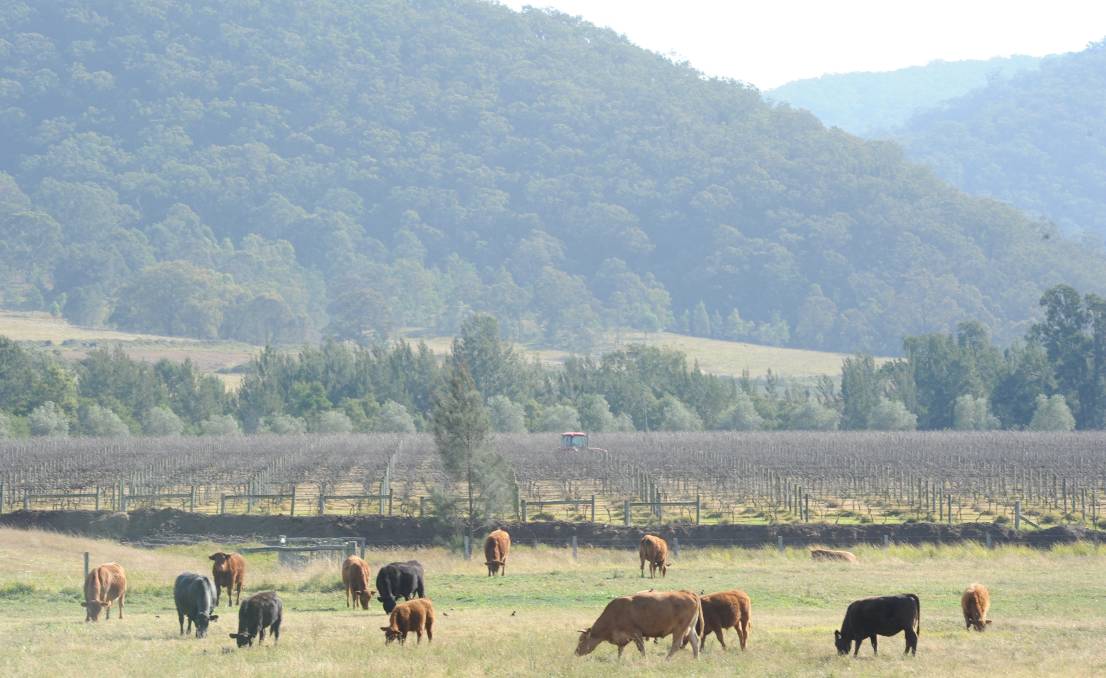
Farmland investors get 15pc gains while equities struggle to hold ground
While equity market investors have endured a bumpy six months of soaring, plunging and then partly reviving share price activity returns from prime agricultural investments suggest the sector is coping better with the coronavirus confusion.
In fact, as COVID-19 pressure on financial markets and the dollar made farm exports more attractive and kept commodity prices strong, the Australian Farmland Index delivered a total return of almost 15 per cent for the year to March 31.
That’s up from a 13pc annualised result in the December quarter last year, although still about 1.3pc below the result for the same period a year before.
In contrast, the Australian equities market has fallen about 16pc in the past six months, with the ASX 200 plunging in February from 7230 points to below 5000 before rallying at the end of the financial year to currently sit just above 6000.
Farm index co-ordinator Frank Delahunty said improved seasonal conditions in many agricultural areas this year helped drive prices and a continued upside should be evident in when the figures were next crunched for the end of the 2019-20 year.
“The recent results continue to show the security and stability of an agricultural based investment,” he said.
Income alone for the full year was up from 6.08pc in 2019 to 6.67pc, while land values were subdued by the past year’s drought, slipping from 7.58pc in the 12 months to March 31, 2019, to 7.12pc this year.
The seasonal and commodity price recovery was particularly evident in March quarter results, with farm income at 4.85pc, compared with just 0.75pc a year before.
The farmland index draws on income and asset capital valuations to gauge the financial performance of 37 properties run by agribusiness groups such as Argyle Group, Gofarm Australia, Rural Funds Management, Hancock Agricultural Investment Group, Laguna Bay and Gunn Agri Partners.
However, a change in participating management responsibilities meant some of the index’s usual data was not included in the latest results, cutting about $200 million from the $1 billion portfolio.
That meant about 60pc of the index related to enterprises involved in permanent horticultural crops such as citrus, grapes and almonds.
Since the index started its quarterly monitor of the farmland portfolio (originally 35 holdings) annualised returns from agricultural enterprises have totalled 14.3pc with income at almost 6.7pc and capital appreciation at 7.1pc.
Rural Funds Management’s chief operating officer Tim Sheridan said hot, dry conditions in January hit almond crops but did not negatively impact on yields.
The arrival of some above notable average rainfall events across northern Australia and the eastern states had provided positive impacts on the production of most commodities.
“Overall, Australian agriculture has fared relatively well during this period, despite the disruptions of the COVID-19 pandemic,” he said.
While the pandemic’s longer-term impact remained unclear, Rural Funds was banking on Australian agriculture remaining resilient and continuing to perform well.
“It is possible the demand for farms will continue to remain buoyant due to the comparatively low Australian dollar, low interest rates and profitability driven by a favourable season”.